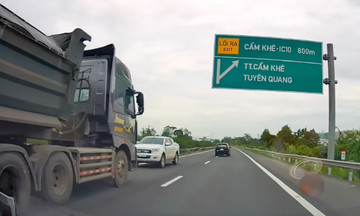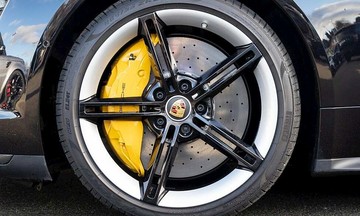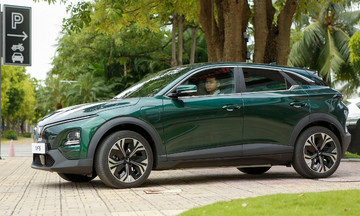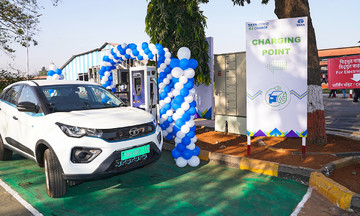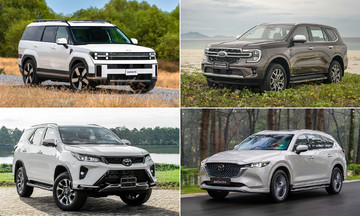Mitsubishi has chosen GIIAS for the global debut of its mid-size urban SUV, the Destinator. Indonesia will also be the production hub for the new model, which will then be exported to various markets, including Southeast Asia (with Vietnam among them), South Asia, Latin America, the Middle East, and Africa.
The 7-seater Destinator is a true C-segment SUV, not a 5+2 configuration. It's Mitsubishi's third global strategic model developed in Indonesia, following the success of the Xpander MPV and the Xforce compact SUV. According to Takao Kato, president and CEO of Mitsubishi Motors, the vehicle will be distributed globally, with a focus on the Southeast Asian market.
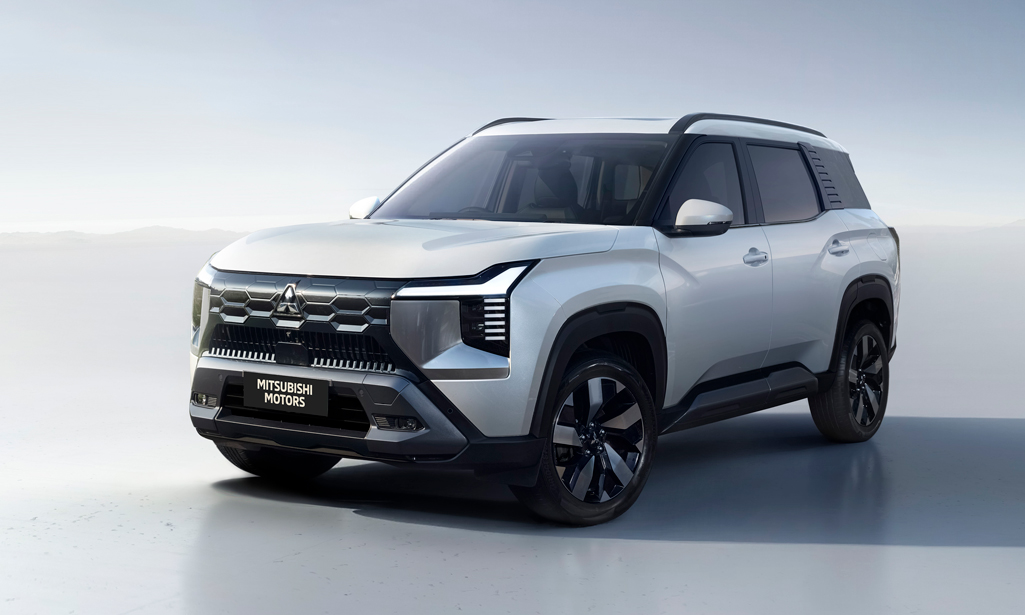 |
The Destinator: a 7-seater C-segment SUV. Photo: Mitsubishi
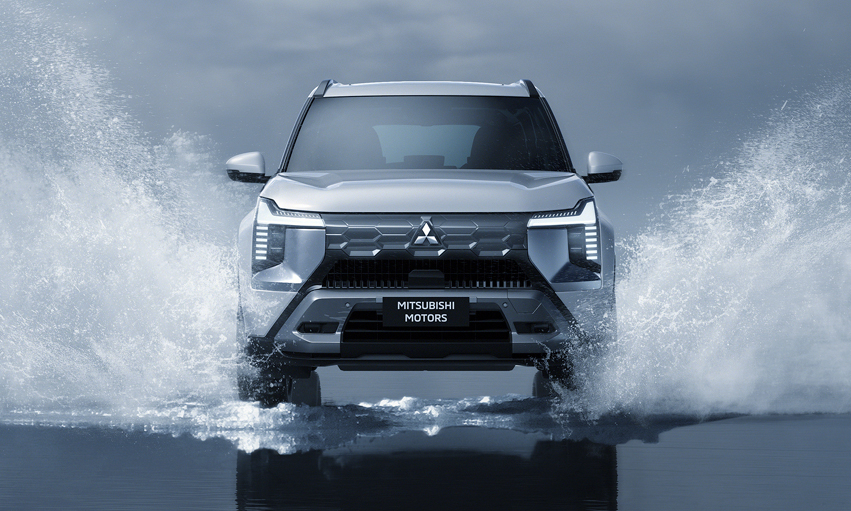 |
The front features the signature Dynamic Shield design language with a horizontal orientation.
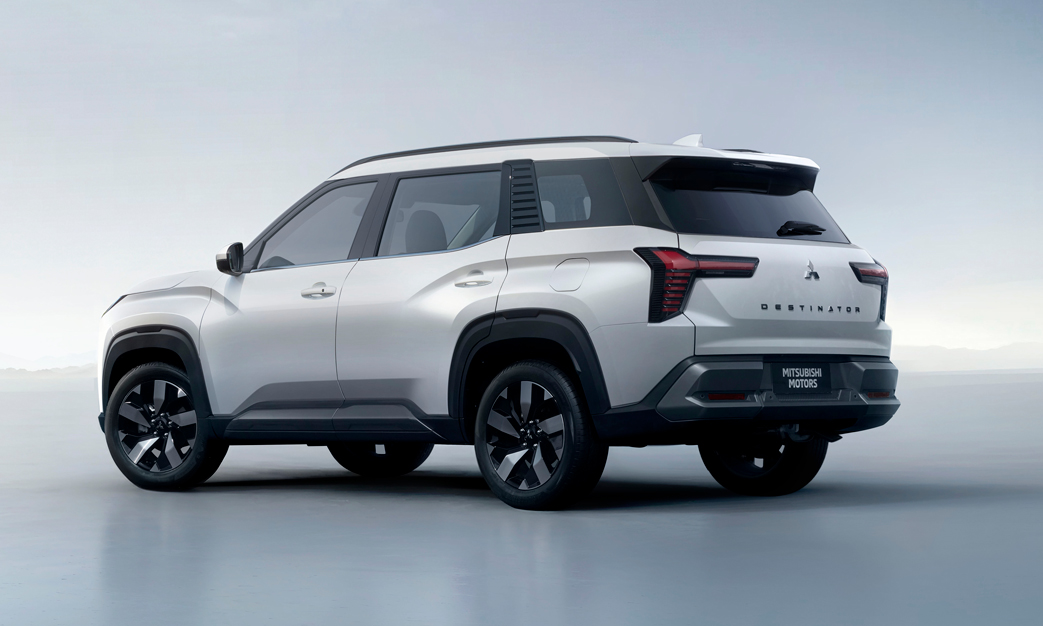 |
T-shaped LED taillights.
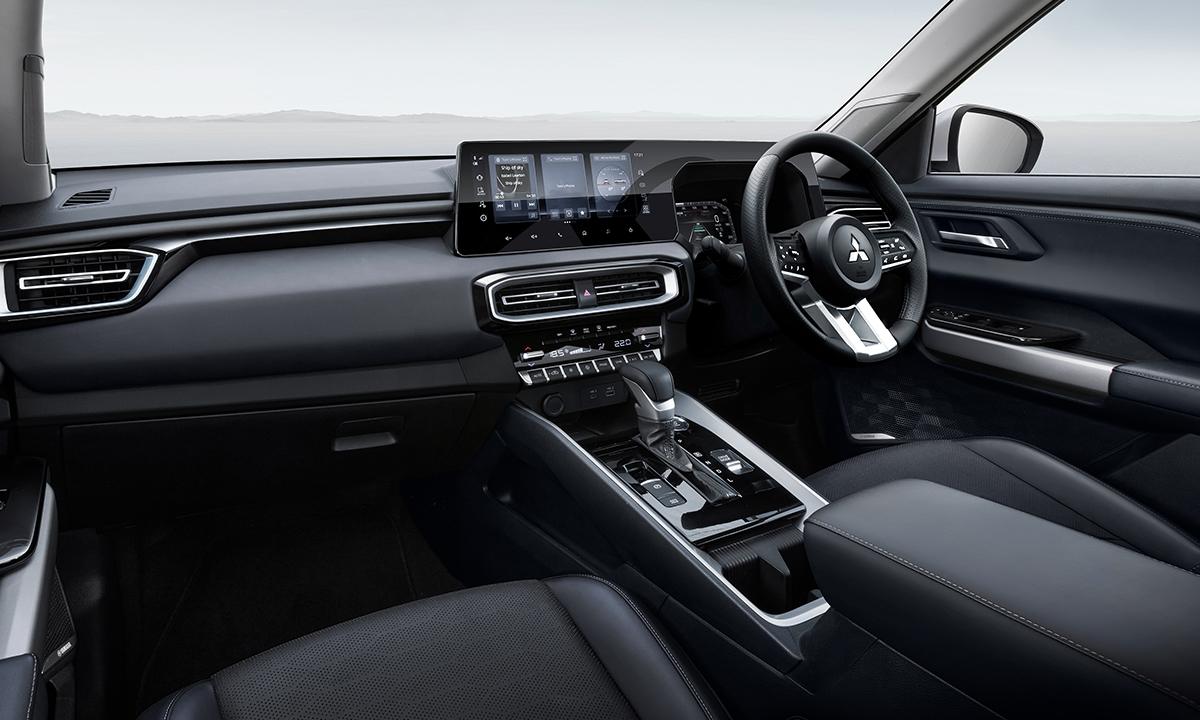 |
A 12.3-inch infotainment screen combined with an 8-inch digital instrument cluster.
 |
64-color ambient interior lighting system.
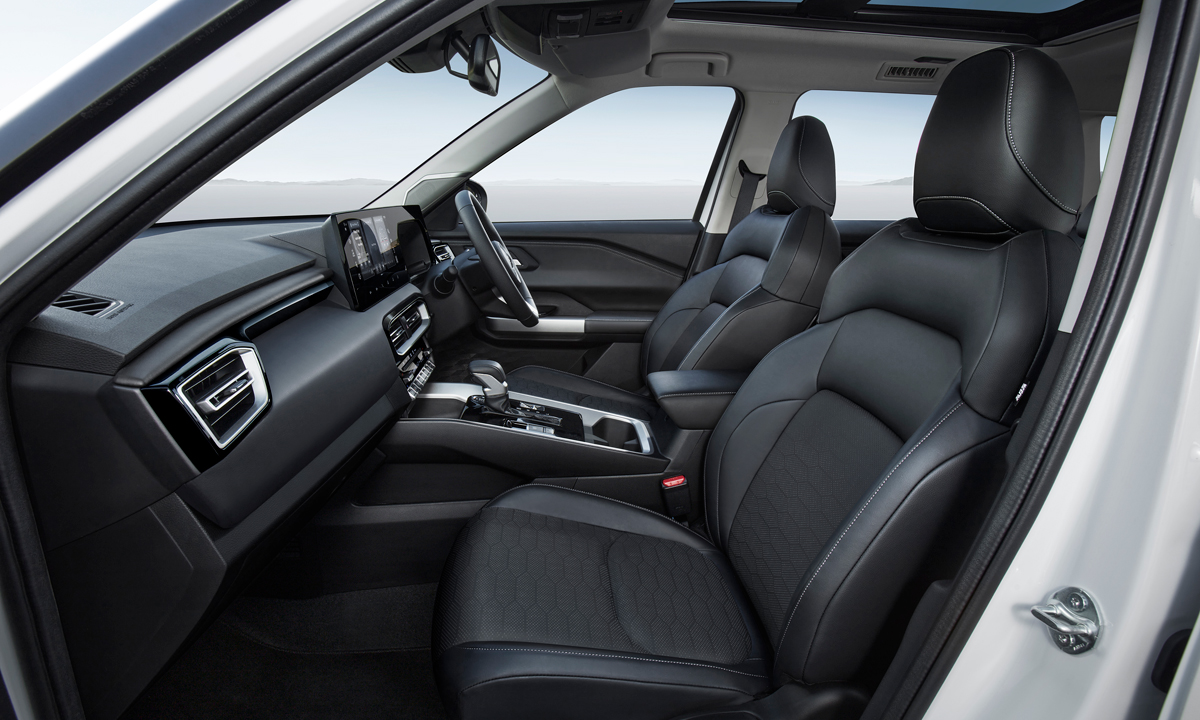 |
Cup holders in the doors and armrest, folding tables, and storage compartments behind the front seats for tablets and other items.
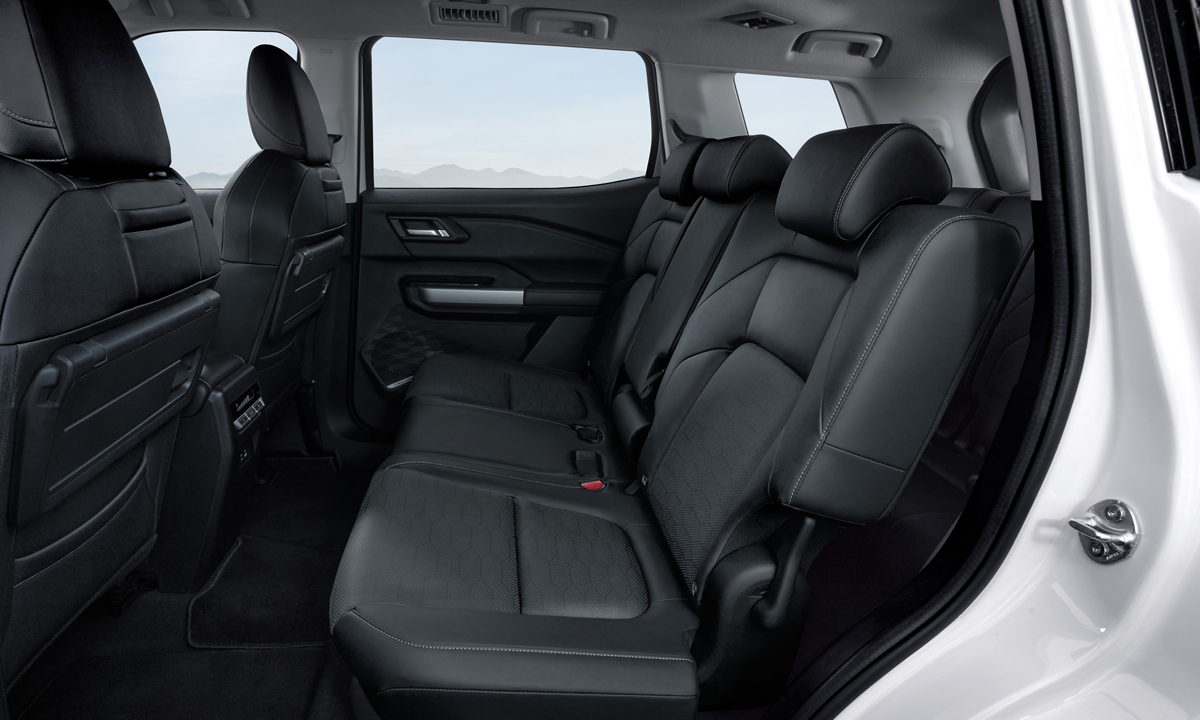 |
The middle row of seats can be folded 40:20:40.
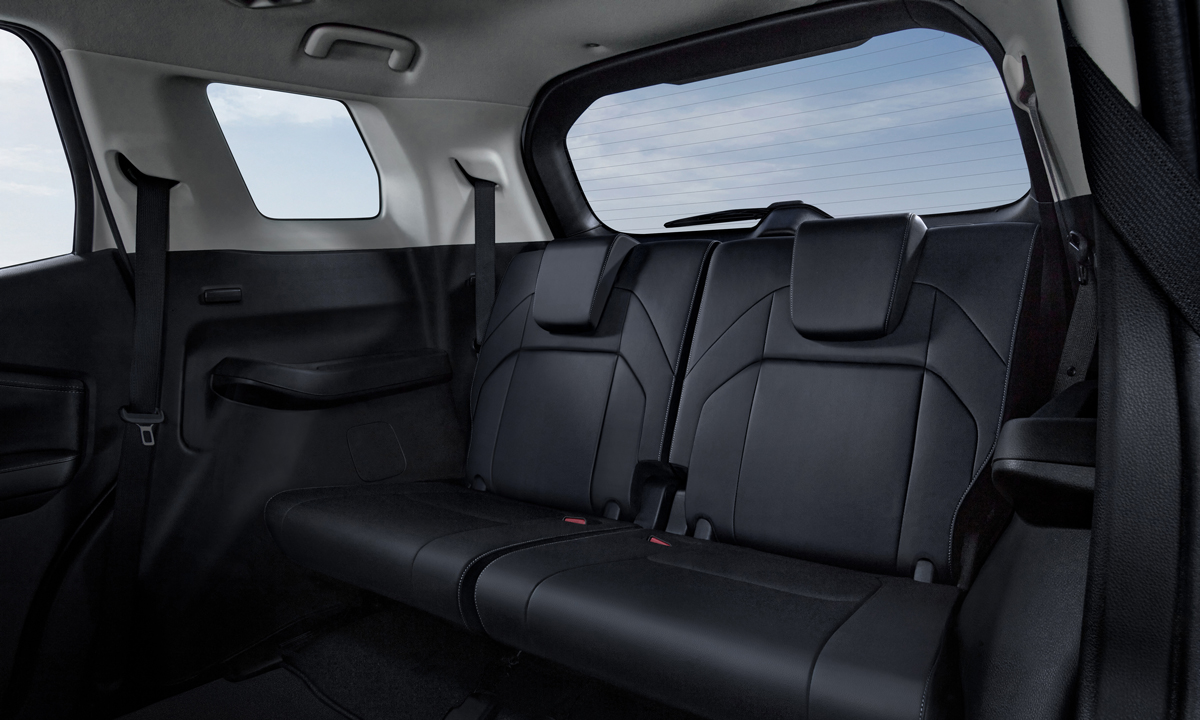 |
The third row of seats can be folded independently 50:50.
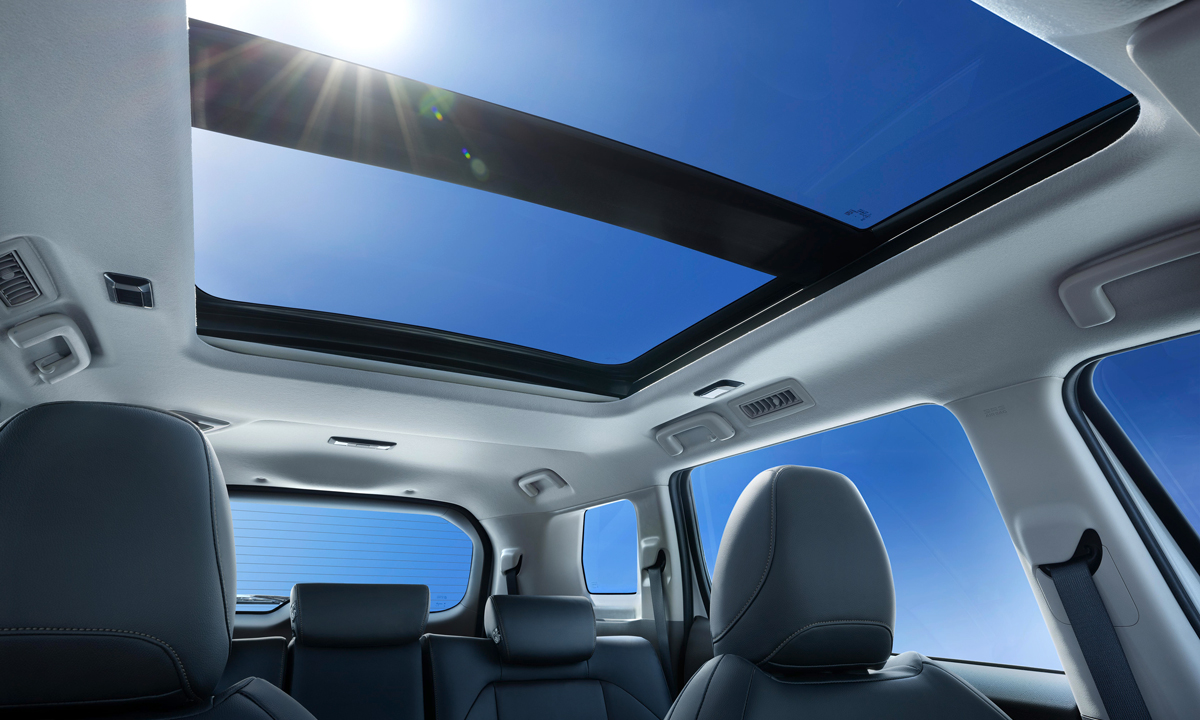 |
Panoramic sunroof.
The Destinator's front showcases Mitsubishi's Dynamic Shield design with a horizontal emphasis. The multi-layered grille, featuring a honeycomb pattern, sits beneath a transparent acrylic layer. Its SUV nature is evident in the high ground clearance and 18-inch wheels.
The rear incorporates the Hexaguard Horizon philosophy, with hexagonal patterns inspired by the spare tire of the legendary Pajero. The taillights are T-shaped LEDs.
The Destinator measures 4,680 mm in length, 1,840 mm in width, and 1,780 mm in height, with a wheelbase of 2,815 mm. It has a turning radius of 5.4 m and weighs 1,495 kg.
Compared to one of the largest vehicles in the C-segment, the Honda CR-V (4,691 x 1,866 x 1,681 mm, 2,701 mm wheelbase), the Destinator is slightly shorter and narrower but boasts superior height and wheelbase. It also surpasses other competitors in the same segment, such as the Hyundai Tucson and Mazda CX-5. These dimensions, combined with the boxy design, provide the Destinator with an interior as spacious as a D-segment vehicle.
The dashboard and door panels are covered in soft-touch materials. The Destinator features a 12.3-inch infotainment screen and an 8-inch digital instrument cluster. The Dynamic Sound Yamaha Premium audio system boasts eight speakers and four sound modes. A panoramic sunroof and 64-color ambient lighting enhance the interior.
Thoughtful amenities are placed throughout the cabin: cup holders in the doors and armrest, folding tables, and storage compartments behind the front seats for tablets and other items. Each row has USB Type-A and Type-C charging ports. The middle row folds 40:20:40, while the third row folds 50:50 independently. Both rear rows can fold completely flat.
The Destinator is equipped with a 1.5L MIVEC Turbo engine and a CVT transmission, producing 160 horsepower and 250 Nm of torque.
While front-wheel drive, the Destinator inherits Mitsubishi's All-Wheel Control (AWC) technology. This system integrates several control mechanisms, including Active Yaw Control (AYC), which adjusts the front wheels' driving force to enhance cornering performance; traction control to manage tire slippage; and engine and steering assist controls for stable handling in all road conditions.
Drivers can choose from five driving modes: Wet, Gravel, Normal, Tarmac, and Mud.
The suspension system features MacPherson struts at the front and a torsion beam at the rear. While most C-segment vehicles use multi-link rear suspensions, the torsion beam, though less refined, offers cost advantages. Mitsubishi states that in addition to extensive testing on Japanese tracks and simulations of ASEAN road conditions, the suspension has been fine-tuned in Indonesia for a smoother, more comfortable ride, even on rough terrain.
The Destinator has a ground clearance of 214 mm (244 mm without the underbody protection). Its approach angle is 21 degrees, breakover angle is 20.8 degrees, and departure angle is 25.5 degrees, minimizing contact with obstacles on poor roads and large speed bumps.
The Indonesian version of the Destinator features the Mitsubishi Motors Safety Sensing (MMSS) advanced driver-assistance system (ADAS). This includes adaptive cruise control, forward collision mitigation, blind spot warning, rear cross traffic alert, automatic high beams, lead car warning, and a 360-degree camera.
Like the Xforce, the Destinator uses the Reinforced Impact Safety Evolution (RISE) body, designed to absorb impact energy and minimize cabin deformation. It also comes with six airbags.
The Destinator offers smart connectivity features, such as a link to an emergency assistance call center, including automatic alerts when airbags deploy and a one-touch emergency call system to request rescue support in case of accidents or incidents. Drivers can use their smartphones to check fuel levels, vehicle location, and activate the air conditioning remotely.
According to a VnExpress source, Mitsubishi Vietnam will launch the new 7-seater CUV in December. The DST concept version was previously showcased in early June in Hanoi and Ho Chi Minh City. Dealerships are currently accepting deposits.
My Anh



